Modern businesses rely heavily on technology to remain competitive. Yet, many organizations still operate on legacy systems—older software and infrastructure that, while reliable, may not integrate seamlessly with new tools. The challenge lies in bridging the gap between these legacy platforms and today’s custom enterprise applications without disrupting operations.
In this guide, we’ll explore why integration matters, common challenges, and practical strategies for a smooth transition.
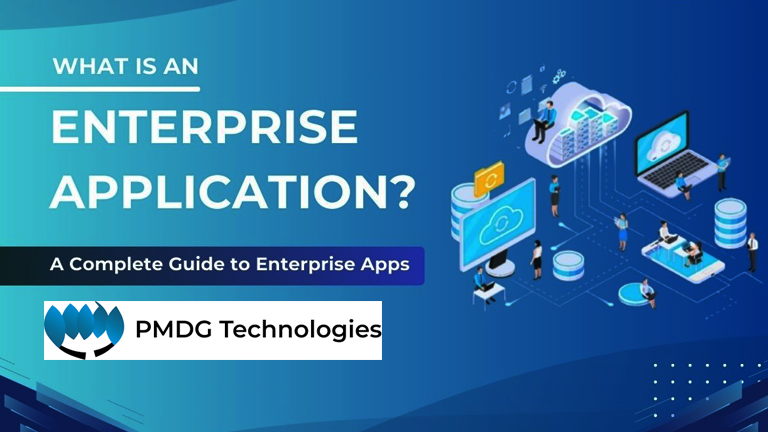
Why Integration Is Essential
In a fast-paced digital environment, organizations cannot afford data silos or inefficient workflows. Legacy systems often store critical business data, but their outdated architecture limits connectivity.
By integrating these systems with modern custom enterprise applications, businesses can:
- Enhance operational efficiency through real-time data sharing.
- Improve decision-making with unified data access.
- Reduce costs by extending the lifespan of existing systems.
- Boost scalability for future growth without a complete overhaul.

Common Challenges in Legacy System Integration
While the benefits are clear, integration comes with hurdles that must be addressed early:
- Compatibility Issues – Older systems may not support modern APIs or data formats.
- Data Security Concerns – Transferring sensitive information across platforms can increase vulnerabilities.
- Performance Risks – Integration may cause downtime if not executed strategically.
- User Resistance – Employees accustomed to legacy tools may be hesitant to adapt.
Effective Strategies for Successful Integration
Seamlessly connecting legacy systems with custom enterprise applications requires a thoughtful approach. Here are key strategies:
1. Conduct a System Audit
Identify which systems need integration, assess their limitations, and map out data flow requirements.
2. Use Middleware Solutions
Middleware acts as a translator between old and new systems, ensuring smooth communication without rewriting core applications.
3. Prioritize Data Standardization
Ensure that data formats are consistent across all platforms to prevent errors and inefficiencies.
4. Implement APIs Where Possible
Application Programming Interfaces (APIs) allow modern apps to exchange data with older systems efficiently.
5. Adopt a Phased Migration
Rather than replacing everything at once, integrate in stages to reduce risks and allow teams to adapt gradually.
Role of Custom Enterprise Applications in Integration
Unlike off-the-shelf software, custom enterprise applications are built specifically for an organization’s workflows, making them ideal for bridging old and new systems. These applications can be designed to:
- Support unique data structures from legacy systems.
- Provide user-friendly interfaces for teams transitioning from old platforms.
- Offer scalable architecture to accommodate future technologies.
Learn more about enterprise software solutions at PMDG Technologies.
Final Thoughts
Integrating legacy systems with modern custom enterprise applications is not just a technical upgrade—it’s a strategic investment in your organization’s future. By approaching integration with careful planning, businesses can preserve valuable legacy assets while unlocking the full potential of modern technology.






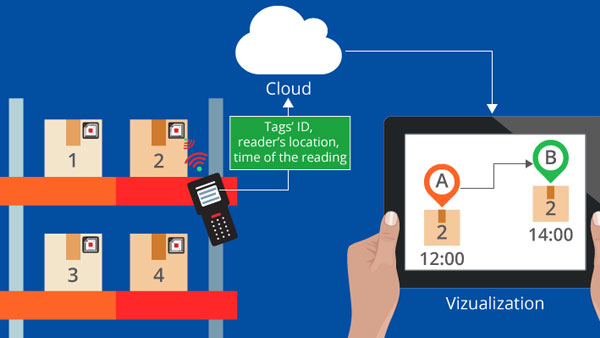


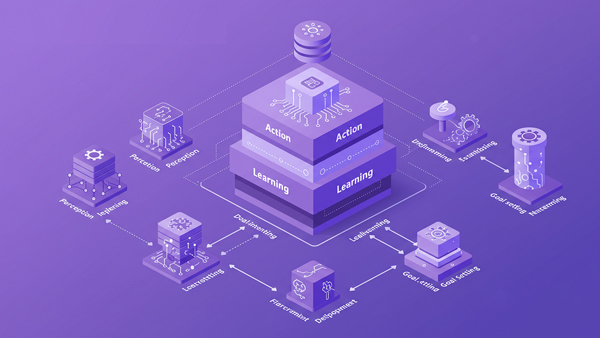
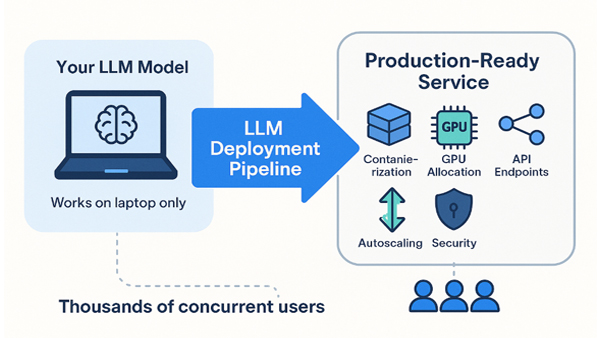
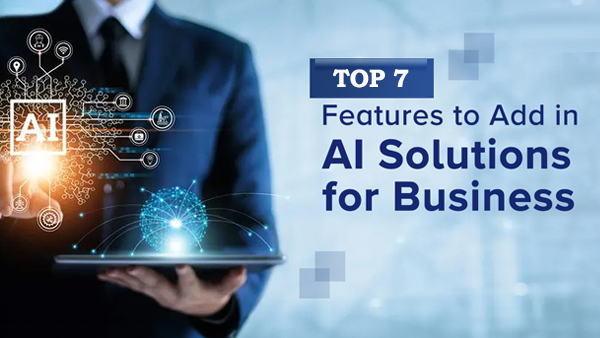
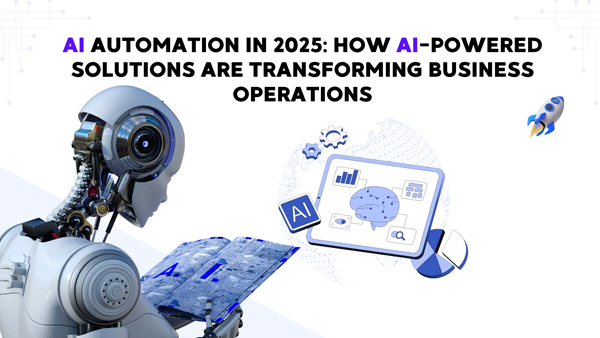
Leave a Reply